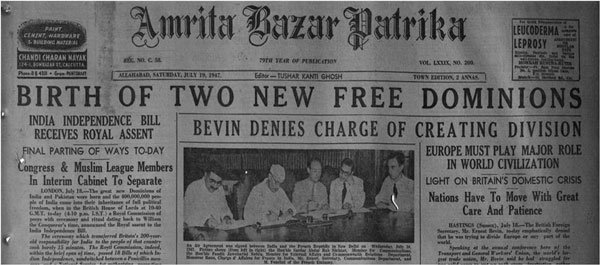The media played a crucial role during the freedom struggle of India. Though, back then, we didn’t have many publications around and the media was still in its nascent stage, there were some newspapers which, through their defiant editions, openly criticised the policies of the British government. Their editors acknowledged the power of the pen and utilised it to the maximum to create awareness among the masses. One such newspaper was Amrita Bazaar Patrika.
Amrita Bazar Patrika, one of the oldest newspapers in India, was at the forefront of the struggle of the common people against oppressive colonial policies.
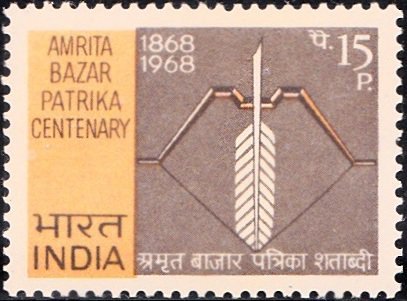
Amrita Bazar Patrika was started in 1868 by two brothers, Sisir Kumar Ghosh and Moti Lal Ghosh, sons of a wealthy merchant in the Bengal province. Their family had built a bazar and had named it after Amritamoyee, the mother of Sisir and Moti Lal Ghosh. Amrita Bazaar Patrika first started out as a weekly newspaper.
Back then, peasants were exploited by indigo planters and the newspaper was fighting for their rights. The paper operated out of a wooden press that was purchased only for ₹ 32. In 1920, Lenin, the Russian communist leader, described ABP as the best nationalist paper in India.
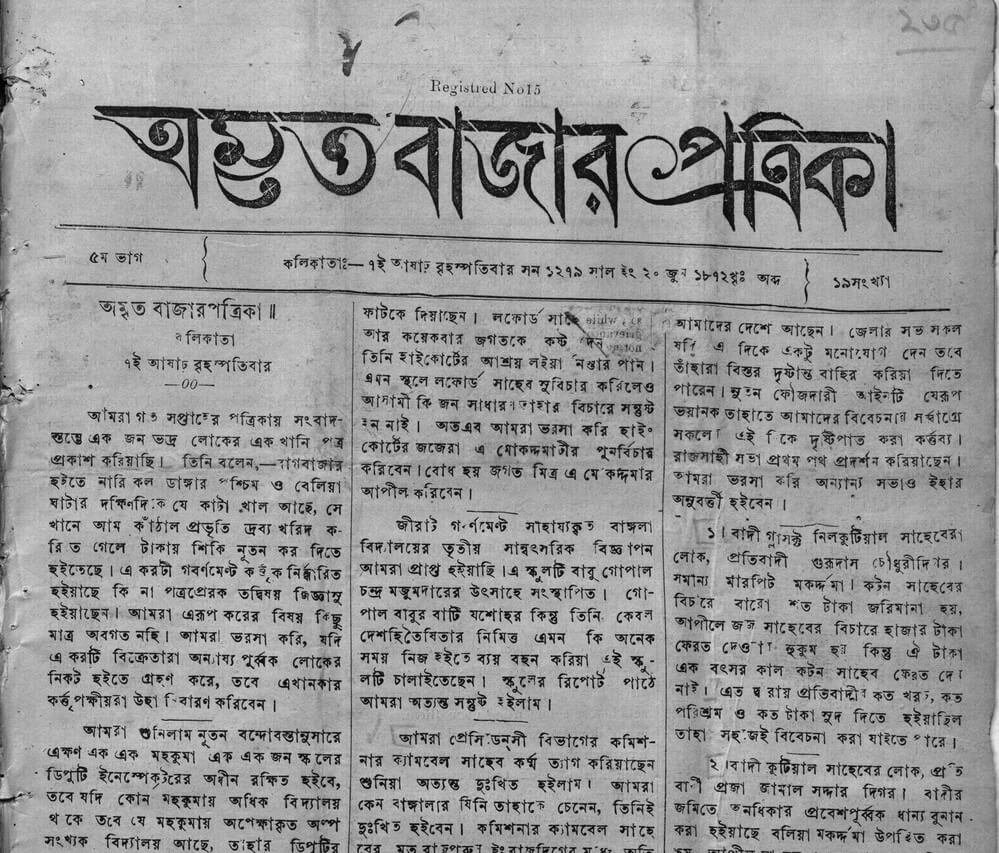
Three years later in 1871, when the plague hit Amrita Bazaar, the newspaper shifted its base to Kolkata and started functioning as a bilingual weekly, publishing both in English and Bengali. The Patrika was very vocal in its views against government policies that were unfair to the common people. Naturally, it didn’t go down well with the British government.
Lieutenant Governor of Bengal, Sir Ashley Eden, called the editor Sisir Kumar Ghosh, offering to contribute to the newspaper on the condition that he lets him approve the final version before it goes into publishing. To this, Sisir Kumar Ghosh not only declined the offer, but also told him that “here ought to be at least one honest journalist in the land.”
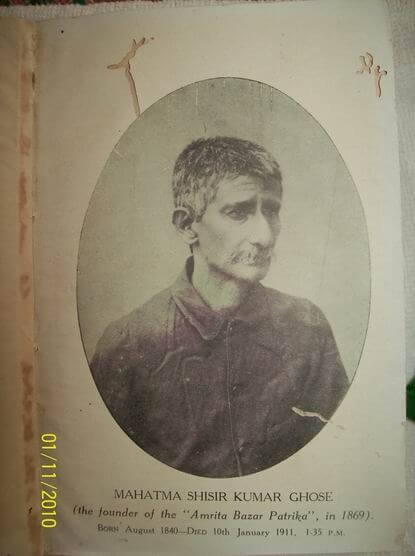
As a result, the newspaper was accused of sedition and in an attempt to crack down on the media, Lord Lytton, the then Viceroy of India, promulgated the Vernacular Press Act, in 1878. It was majorly targeted against Amrita Bazar Patrika and gave the police the power to confiscate any printed material it deemed objectionable. Heavy fines were slapped on many newspapers and a lot of editors were jailed.
Now since the act was against newspapers that published in local languages, Amrita Bazar Patrika stopped publishing news in Bengali and became an English newspaper overnight!
Yes, it turned into an English newspaper in just one night!
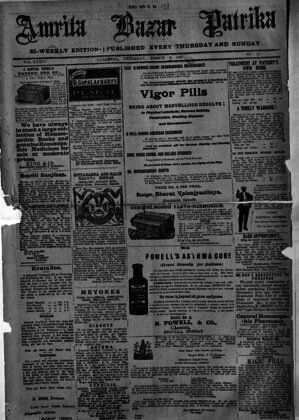
The newspaper continued with its intrepid reporting and vehemently opposed the partition of Bengal in 1905. It described Lord Curzon, the Viceroy of India at the time of the partition of Bengal, as ‘Young and a little foppish, and without previous training but invested with unlimited powers.’ The newspaper also intervened when Subhas Chandra Bose, along with a few other students got expelled from Calcutta Presidency College, and got them re-admitted to the University.
The newspaper left its front-page blank for three days, opposing massive violence in Calcutta in 1946. And when freedom finally came to India, it published an editorial that read: It is dawn, cloudy though it is. Presently sunshine will break.
